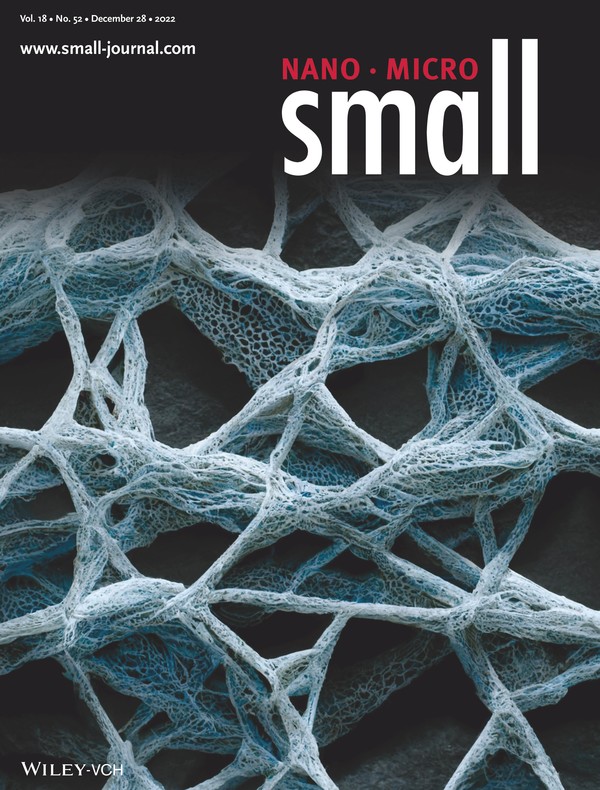Hanyang University
College of Engineering
 NewsFaculty
NewsFaculty
Faculty
| Developing Super-Porous Separators for Lithium Metal Batteries | |
|---|---|
|
작성자 : 한양대학교 공과대학(help@hanyang.ac.kr) 작성일 : 23.03.23 조회수 : 150 URL : |
|
|
Ensured fast charge/discharge stability and battery life Hanyang University announced on the January 27 that professor Yeom Bong-jun, of the Department of Chemical Engineering at Hanyang University, and Son Jung-gon, a senior researcher at the soft-convergence material research center of Korea Institute of Science and Technology (KIST), have developed a superporous separator for lithium metal batteries. The technology is expected to be used for secondary batteries in the future in that it enables stable fast charging and discharging of the battery and a longer battery life. Lithium metal battery is drawing attention as a next-generation secondary battery, as its capacity is more than 10 times that of the anode of a commercialized lithium-ion battery. However, it degrades battery performance when a bulge is formed on the surface of lithium during charging and discharging. In addition, commercialization is still a long way off due to shortening of battery life and safety problems caused by short-circuiting. The co-researchers have developed a separator with a very high porosity to solve this problem. The separator serves to pass only lithium ions while blocking direct contact between the cathode and anode. The superporous aramid separator developed by the co-researchers is a two-stage solvent exchange process and is manufactured by self-assembly of aramid nanofibers. This separator has a high porosity of more than 97% and has a high lithium-ion transport rate because of its selective affinity for anions. The developed separator has stable electrochemical characteristics, high thermal stability, and high ion conductivity to suppress protrusion formation on a lithium surface, thereby improving battery life and safety. In particular, it showed stable charging/discharging behavior up to 1000 times even under fast charging/discharging conditions (10C or higher) and maintained 86% of the initial capacity even after operation showing groundbreaking performance. Professor Yeom said, "If the large-area manufacturing technology of this technology can be secured, it can be immediately used as a next-generation separator."
This research was conducted after gaining the project from the Korea Research Foundation's mid-sized researcher support project, the leading research center support project, the KIST-Hanyang University joint research lab project, and the institutional-specific project. Jeong Ah-reum, a Ph.D. student from Hanyang University's Department of Chemical Engineering, participated as the first author of the study and published the study on December 28 as a cover paper of “Small”, an international journal in the field of materials.
Professor Yeom Bong-jun, Deaprtment of Chemical Engineering Son Jung-gon, Lead researcher at KIST Jeong Ah-reum, Doctorate student at Hanyang University ■ Name of the paper : Phase Separation–Controlled Assembly of Hierarchically Porous Aramid Nanofiber Films for High-speed Lithium-Metal Batteries
■ Author information: Jeong Ah-reum, doctorate course (first author, Hanyang University), Michael J. Lee (Georgia University of Technology), Professor Lee Seung-woo (Georgia University), Professor Cho Jin-han (Korea University), Senior Researcher Son Jung-gon (corresponding author, Korea Institute of Science and Technology), Professor Yeom Bong-jun (corresponding author, Hanyang University)
A schematic diagram for suppressing lithium protrusion due to superporous separator Cover paper of journal "Small" |
|
| 이전글 | Identifying Visuomotor Circuits for Drosophila's Evasive Flight |
| 다음글 | Developing Effective Deep Learning Model Learning Technology |
|
|





